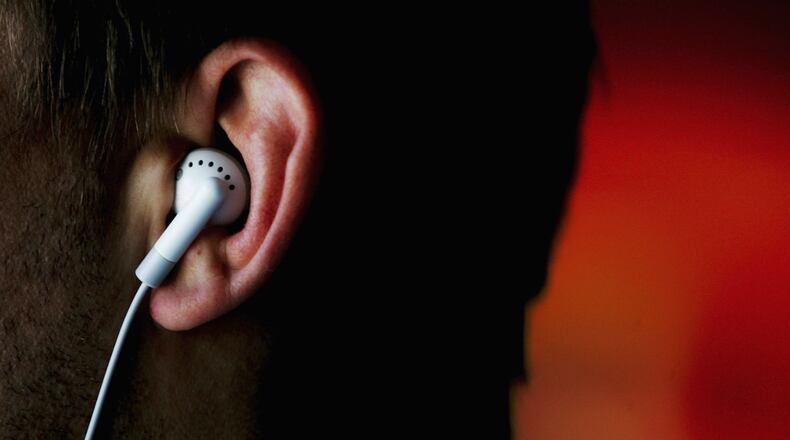A 4-second audio clip has taken the internet by storm as people across social media ask: Is that robotic voice saying “Yanny” or “Laurel?”
Opinions have been divided since the clip surfaced this week in a way unseen since the great dress debacle of 2015, in which internet users couldn’t agree about whether a dress was white and gold or black and blue.
The audio clip in question went viral after it was posted to Reddit and subsequently shared on Twitter.
To the dismay of roughly half the internet, The New York Times reported Wednesday that the audio was originally sourced from a vocabulary.com page for the word "laurel."
The newspaper traced the clip back to high school student Roland Szabo, 18, of Lawrenceville, Georgia. Szabo told the newspaper that he came across the clip as he was working on a school project. When the voice came through his computer’s speakers, it sparked a debate in the room over what the voice was saying.
He told the Times he shared the recording with a friend, who in turn created a poll on Instagram.
But the question remains: Why can’t people agree on what’s being said?
David Alais, a professor at the University of Sydney's school of psychology, told The Guardian that he heard "Yanny" without ambiguity when he first listened to the clip but that the clip itself was an example of a "perceptually ambiguous stimulus."
"They can be seen in two ways, and often the mind flips back and forth between the two interpretations," Alais told The Guardian. "If there is little ambiguity, the brain locks on to a single perceptual interpretation. Here, the Yanny/Laurel sound is meant to be ambiguous because each sound has a similar timing and energy content – so in principle it's confusable.
“All of this goes to highlight just how much the brain is an active interpreter of sensory input, and thus that the external world is less objective than we like to believe.”
A person’s age can also greatly affect what they hear, as it’s natural during the aging process for a person to lose his or her sensitivity to high frequencies, he said.
Brad Story, a professor of speech, language and hearing at the University of Arizona, told CNN that the quality of the recording itself left much to interpretation.
“It’s not a very high quality,” he said. “That in itself allows there to be some ambiguity.”
Interpretations can also be affected by the device a person uses to listen to the clip, he said.
About the Author
The Latest
Featured

